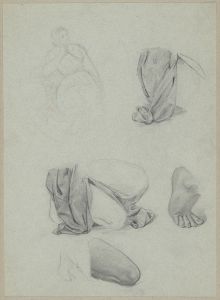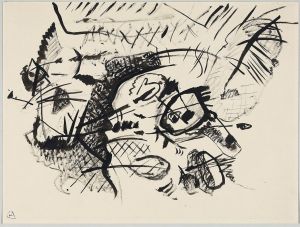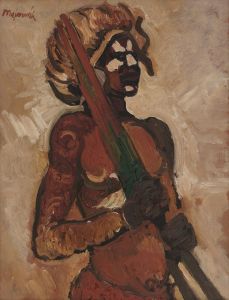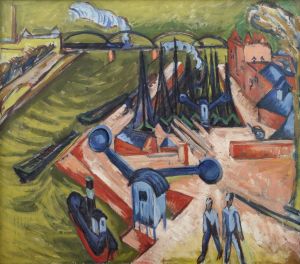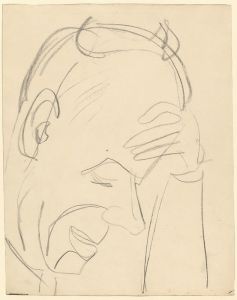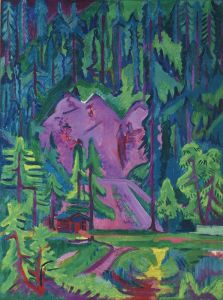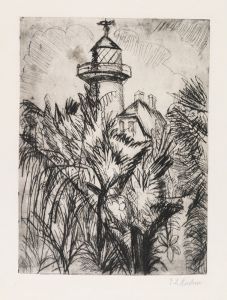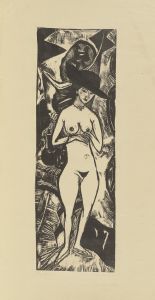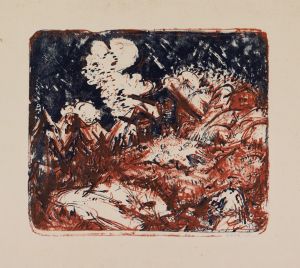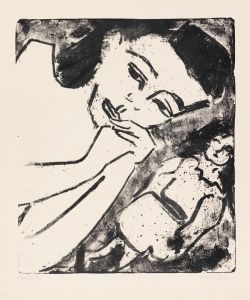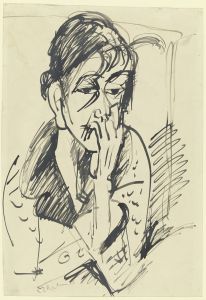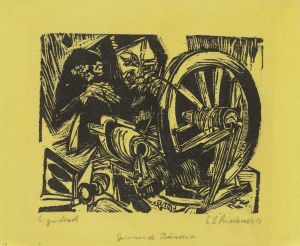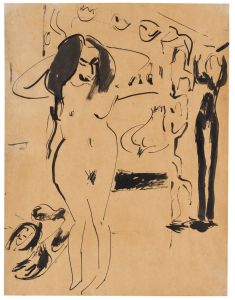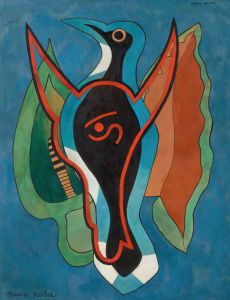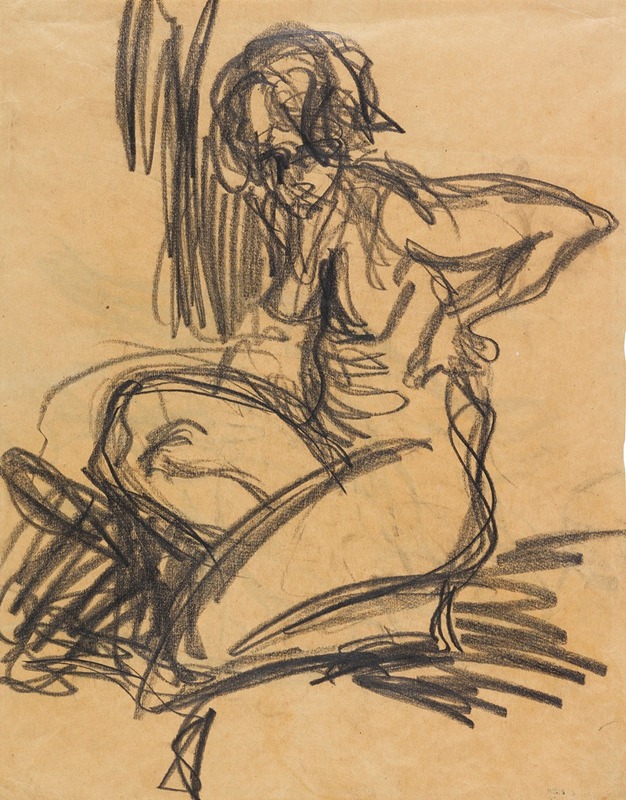
Kniender Akt
A hand-painted replica of Ernst Ludwig Kirchner’s masterpiece Kniender Akt, meticulously crafted by professional artists to capture the true essence of the original. Each piece is created with museum-quality canvas and rare mineral pigments, carefully painted by experienced artists with delicate brushstrokes and rich, layered colors to perfectly recreate the texture of the original artwork. Unlike machine-printed reproductions, this hand-painted version brings the painting to life, infused with the artist’s emotions and skill in every stroke. Whether for personal collection or home decoration, it instantly elevates the artistic atmosphere of any space.
"Kniender Akt" (Kneeling Nude) is a painting by the German expressionist artist Ernst Ludwig Kirchner, created in 1911. Kirchner was a founding member of the influential German expressionist group Die Brücke (The Bridge), which played a crucial role in the development of modern art in the early 20th century. The group sought to create a new artistic language that bridged traditional academic art and the avant-garde movements of the time.
"Kniender Akt" exemplifies Kirchner's distinctive style, characterized by bold colors, dynamic compositions, and expressive forms. The painting depicts a nude female figure in a kneeling position, rendered with the artist's signature use of vibrant, non-naturalistic colors and exaggerated forms. Kirchner's approach to the human figure often involved a departure from realistic representation, focusing instead on conveying emotional intensity and psychological depth.
The work reflects Kirchner's interest in the human body as a subject of artistic exploration, a theme prevalent in much of his oeuvre. His nudes often convey a sense of immediacy and raw emotion, challenging conventional notions of beauty and form. In "Kniender Akt," the figure's pose and the bold use of color contribute to a sense of movement and vitality, inviting viewers to engage with the painting on an emotional level.
Kirchner's work was heavily influenced by various sources, including African and Oceanic art, which he encountered through ethnographic museums and collections. These influences are evident in his use of simplified forms and an emphasis on the expressive potential of line and color. Additionally, the artist was inspired by the urban environment of Berlin, where he lived and worked during a significant period of his career. The city's dynamic energy and modernity are often reflected in his art, contributing to the development of his unique style.
"Kniender Akt" is part of Kirchner's broader exploration of the human condition, a theme that resonates throughout his body of work. His paintings often reflect the tensions and anxieties of the early 20th century, a time marked by rapid social and technological changes. Through his art, Kirchner sought to capture the complexities of modern life, using the human figure as a vehicle for expressing both personal and collective experiences.
The painting is housed in the Brücke Museum in Berlin, which holds an extensive collection of works by Kirchner and other members of the Die Brücke group. The museum is dedicated to preserving and promoting the legacy of this influential movement, providing insight into the artistic innovations and cultural context of early 20th-century Germany.
Ernst Ludwig Kirchner's contribution to modern art is widely recognized, and his works continue to be celebrated for their boldness and emotional depth. "Kniender Akt" remains an important example of his artistic vision, reflecting both the personal and universal themes that define his oeuvre. Through this painting, Kirchner invites viewers to engage with the complexities of the human experience, challenging them to see beyond the surface and explore the deeper emotional and psychological layers of his art.





